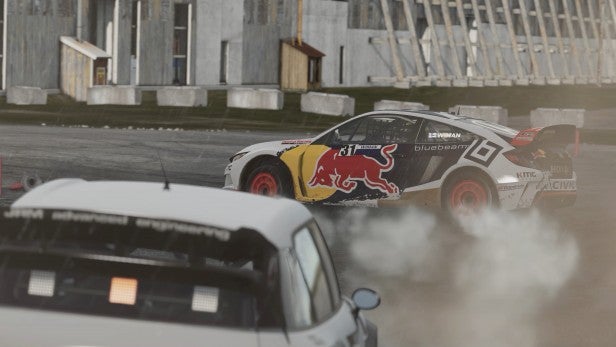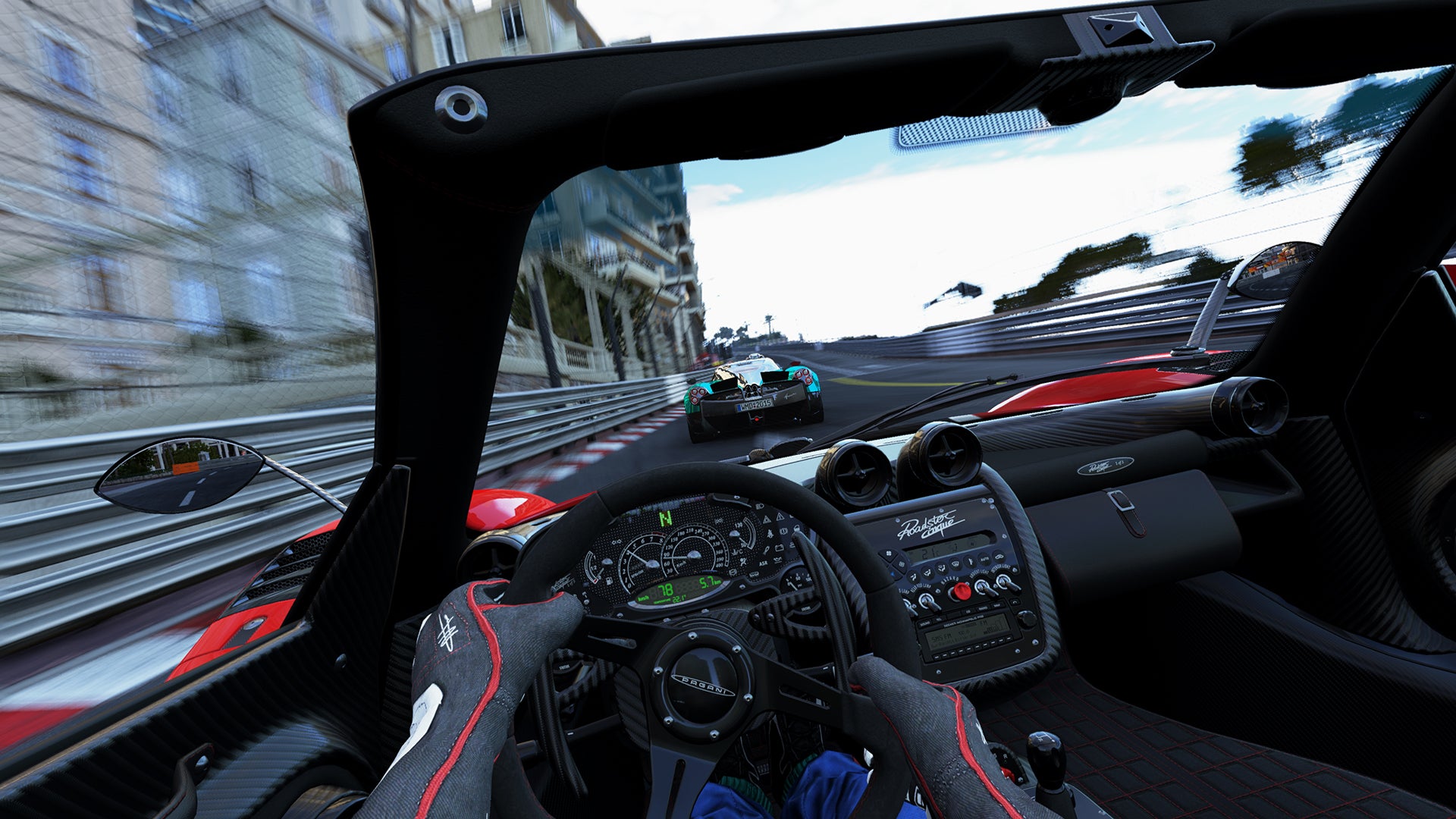Project Cars 2 Guide – How to win races and stay on the tarmac

Project Cars 2 is a very tough racing sim, but this is what attracts so many people to the series. Designed to appeal to those happy to argue over apexes and braking zones, it does mean there’s a lot to take in should you want to start being competitive on the track. Fear no more, though, as here are some essential tips which will stop you from spinning out at the first corner. Hopefully…
Buy Project Cars 2 now from Amazon UK | Amazon.com
Project Cars 2 guide – Use The Race Engineer
Slightly Mad Studios is aware that its games is difficult. It doesn’t shy away from that, but it’s also not adverse to welcoming new players in hence why it included a Race Engineer. A handy tool that will basically tune your car for you, it will literally ask you questions in regards to issues you’re having and try and set you up to avoid such pitfalls. It’s awesome.
Related: Forza Motorsport 7 review

This can be anything from struggling with braking to changing gears, and if you observe what tweaks the game makes as you select these options it should start to give you a good idea of what to do off your own back going forward.
Do remember that every vehicle in Project Cars 2 is very different, so it’s best to try out a test lap before jumping into the Race Engineer. It’s the only way to know exactly what you need to improve upon. Weather must also be taken into consideration, too, as this can massively affect handling.
Project Cars 2 guide – Fiddle With Your Gears
Project Cars 2 is not your standard arcade racer where gears are the equivalent of pushing a button and enjoying the noise of an engine revving. Instead you have to get used to a terrifying term known as ‘gear ratios’ which dictates if you’re going to have a better top speed or better acceleration.
While that may seem obvious in terms of your driving style, you’ll be far better off switching between both depending on the track you’re about to race on. For example, if you know there’s a barrage of corners, why on earth would you kit your car out to take advantage of its top speed? You’re never going to get anywhere close to that.
Related: Gran Turismo Sport preview

Once again you’ll benefit immensely from doing some research before jumping into the race and seeing what the lay of the land is. From there it’s just about being smart and choosing wisely.
Project Cars 2 guide – Pick The Right Tyre
We’ve all nodded with a sense of confidence while watching F1 on the TV as a driver changes their tyres even though we’ve no idea why this is happening, but don’t carry on this charade with Project Cars 2. The wrong set of wheels is going to cost you dearly.
Thankfully, this doesn’t mean you have to read a handbook and can keep things simple by sticking to the basics: if it’s dry, use slick tyres and if it’s raining use wet tyres. Eventually you’ll have to also educate yourself about hard and soft tyres but once more, keep it simple: go for soft when you want quicker lap times but be aware they wear down quicker, and mix it up on longer races to ensure you don’t utterly shoot out your wheels.
Project Cars 2 guide – Know Your Race
It isn’t just standard racing in Project Cars 2. Instead, there are numerous different disciplines and each has to be approached with a unique setup. This will mean tweaking things such as your suspension, tyre placement, dampers, the height of your ride and all manner of settings but it’s imperative to being successful.
Make sure you consider this when the core concept changes, be that open-wheel, GT, prototypes, rallycross, or touring cars because even something as seemingly innocent as the surface you’re driving on can alter things drastically. If you’re ever tempted to just ‘give it a go’, you’re going to crash each and every time. Be patient, learn how each mode, and car, operates and then adjust to suit.
Related: Best racing games

Project Cars 2 guide – Don’t Floor It
Project Cars 2 isn’t about speed. You’re going to have to learn how to handle high MPH at some point, but it’s never the be all and end all. Thinking that it is will see your race end before it’s even begun.
While it feels great to burn rubber when you accelerate off the start line, it’s far more important to figure out the best racing line, work on how far you can push a vehicle before losing grip and remembering that braking is your friend. Understanding when to slow down before zooming through a corner will serve you far better than thinking you can drift around a bend; it’s just not going to happen.
Spend some time trying out new cars as well until one seems to be a smarter fit for your playstyle and you’ll soon begin to appreciate what you can and can’t get away with. Just to draw a line under it, Project Cars 2 is not Burnout. Thinking it is will only end in tears and sadness.
Related: Project Cars 2 vs Gran Turismo Sport vs Forza Motorsport 7
Project Cars 2 guide – Practice
It sounds almost too obvious, but the number one tip to help you improve at Project Cars 2 is to practice as much as you can. Learning each track like the back of your hand will assist you no end – especially as you’ll instinctively start to expect corners and naturally know how best to take them – and each mistake you do make will only serve to make you smarter the next time around.
Buy Project Cars 2 now from Amazon UK | Amazon.com
Slightly Mad Studios wants you to take your time with this and understand there’s a lot to get your head around. Once you start to, however, it becomes very, very addictive.
Got a tip of your own to help your fellow drivers? Send it to us on Twitter and Facebook!

